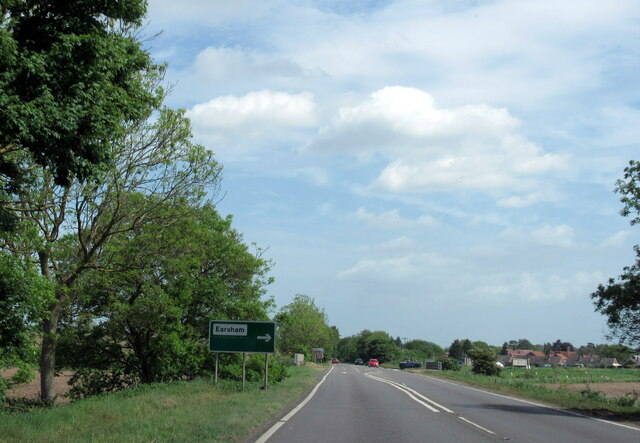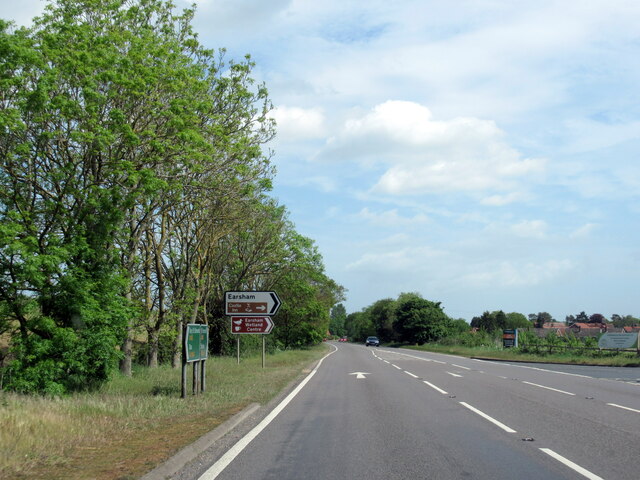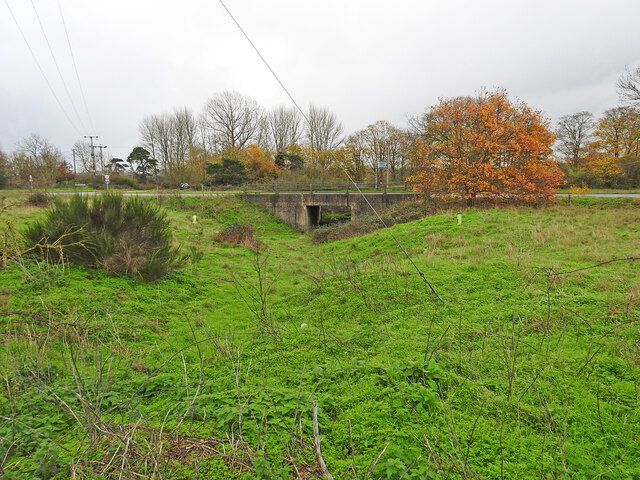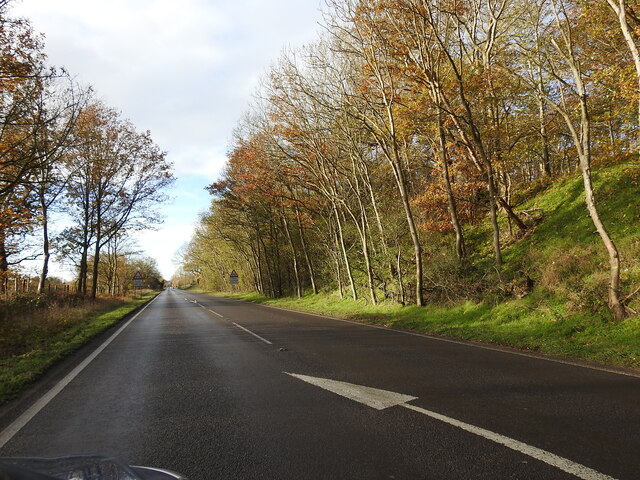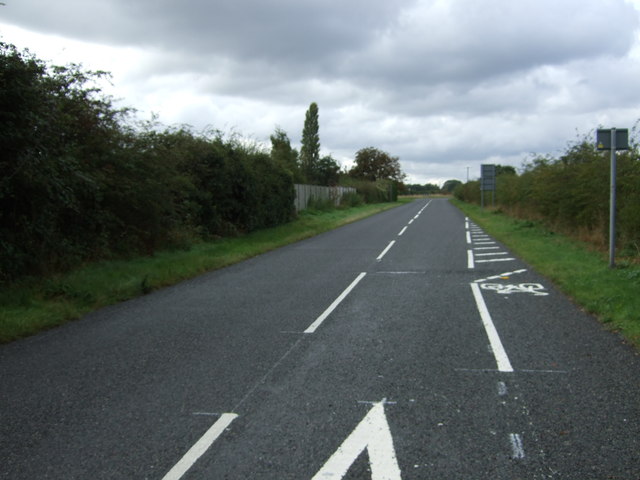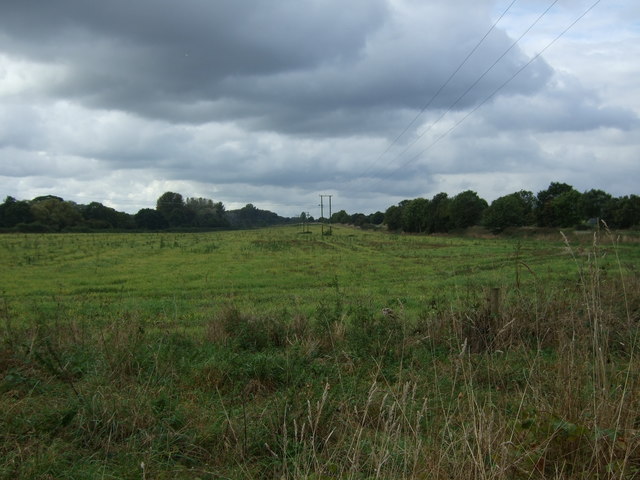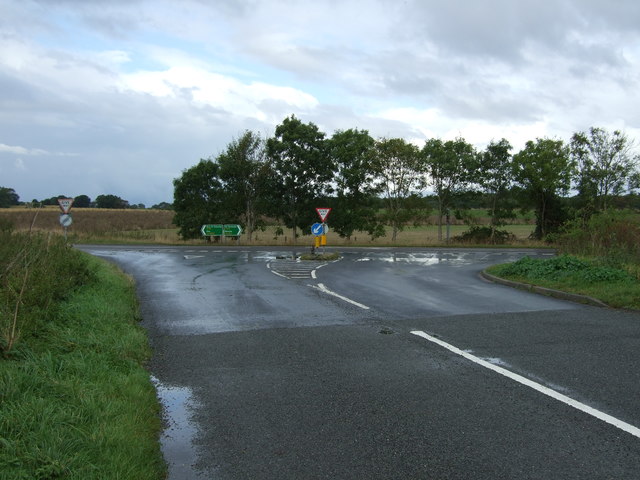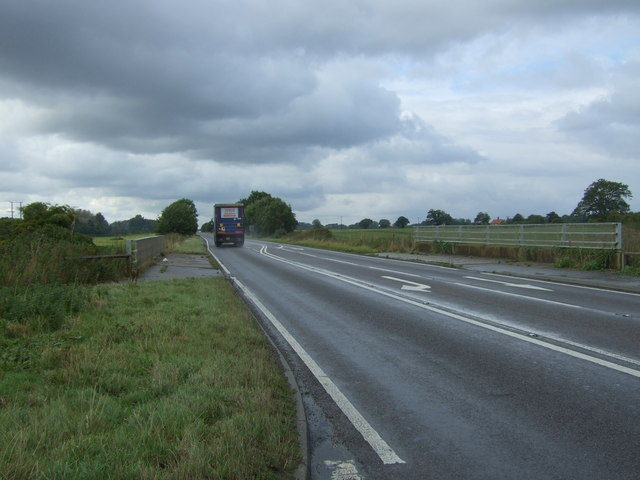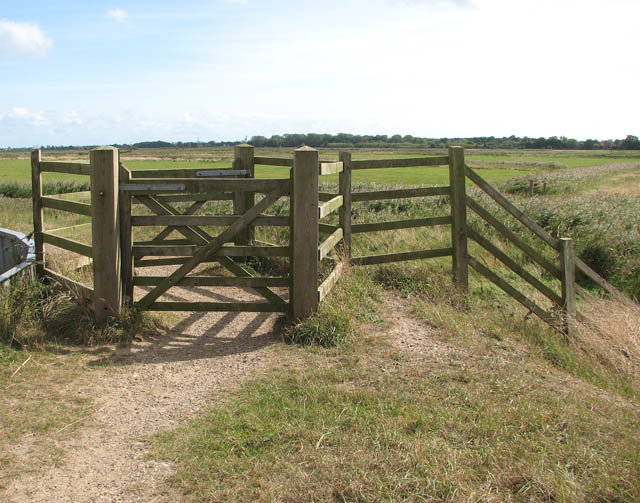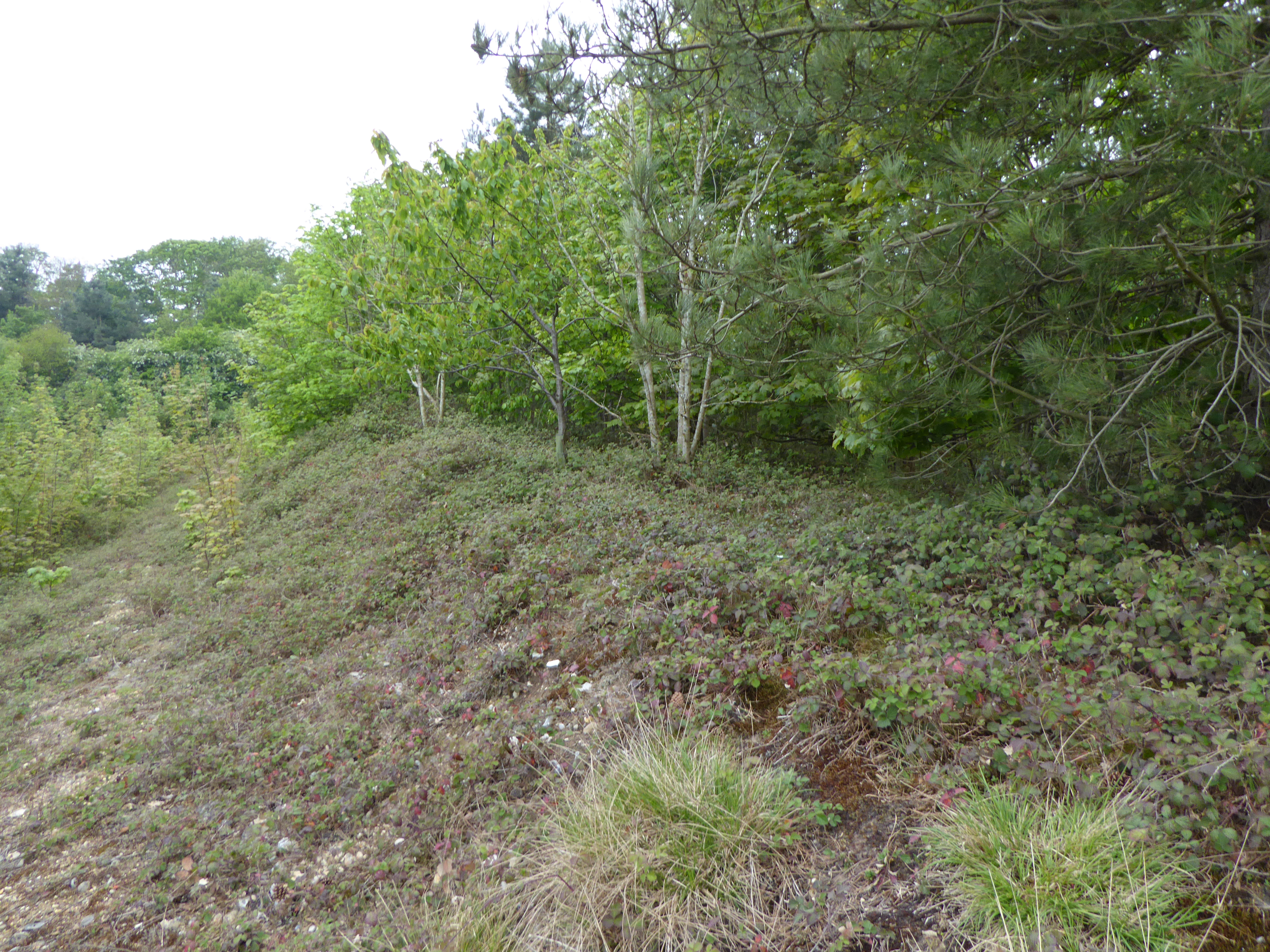Marsh Plantation
Wood, Forest in Suffolk East Suffolk
England
Marsh Plantation
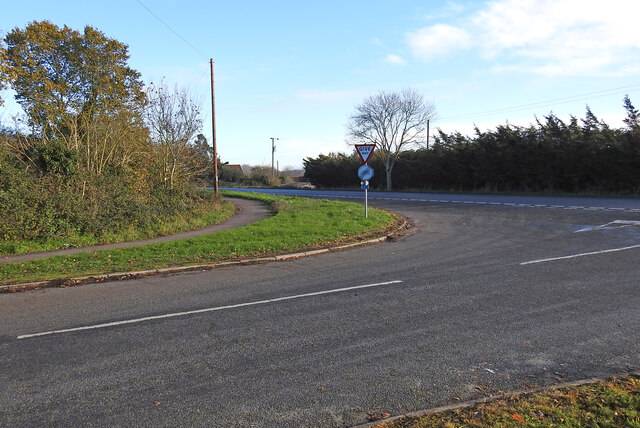
Marsh Plantation is a historic property located in Suffolk, Virginia, nestled within a serene woodland area. Covering a vast expanse of land, the plantation is a testament to the region's rich history and natural beauty. The plantation is primarily characterized by its dense forest, which grants visitors a tranquil and picturesque setting.
The forest at Marsh Plantation is diverse and abundant, with a wide array of trees and vegetation. Towering oak, pine, and maple trees dominate the landscape, providing a beautiful canopy that offers shade and shelter to the flora and fauna that call this woodland home. The forest floor is carpeted with a variety of plants, including ferns, wildflowers, and mosses, adding to the enchanting ambiance.
The plantation's woodland also hosts a diverse range of wildlife. Deer, squirrels, and rabbits are frequently spotted, as well as a variety of bird species such as woodpeckers, owls, and songbirds. Nature enthusiasts and birdwatchers can enjoy the peacefulness of the forest while observing these magnificent creatures in their natural habitat.
In addition to its natural beauty, Marsh Plantation holds historical significance. The property has been preserved to showcase the remnants of the original plantation house, which dates back to the 18th century. The ruins of the house, along with other outbuildings, provide a glimpse into the past and offer visitors a chance to step back in time.
Overall, Marsh Plantation's forest in Suffolk is a captivating destination for nature lovers and history enthusiasts alike. Its tranquil woodland, diverse wildlife, and historic remnants make it a must-visit location for those seeking a peaceful retreat or a glimpse into the area's past.
If you have any feedback on the listing, please let us know in the comments section below.
Marsh Plantation Images
Images are sourced within 2km of 52.436326/1.3945137 or Grid Reference TM3087. Thanks to Geograph Open Source API. All images are credited.

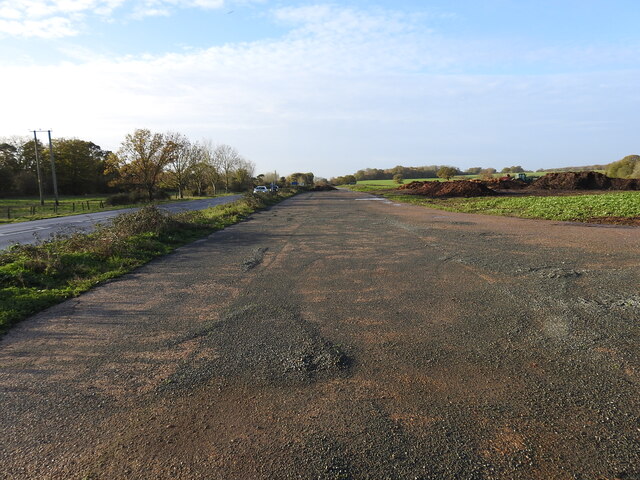
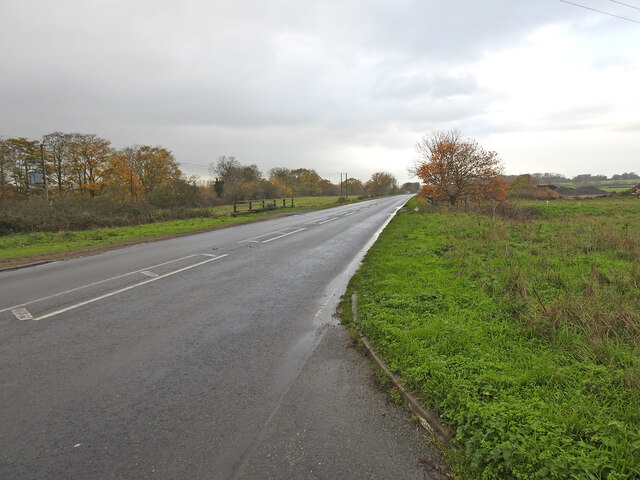
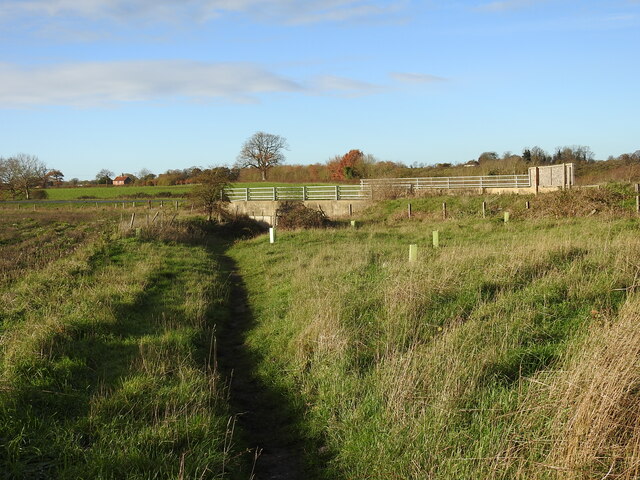
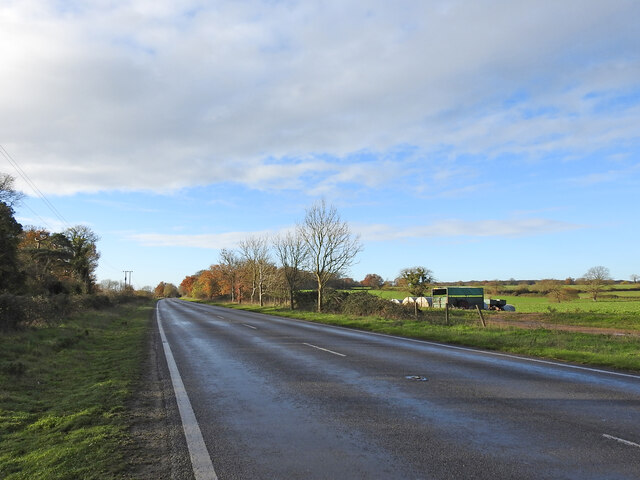


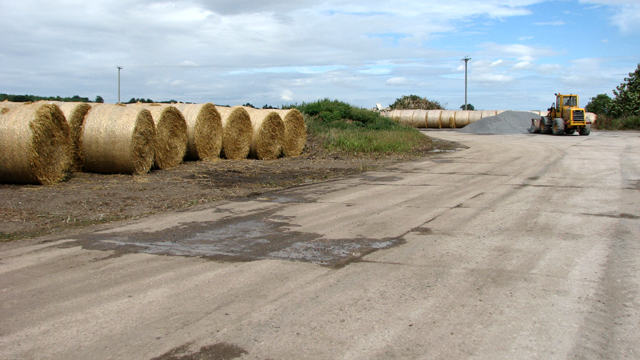
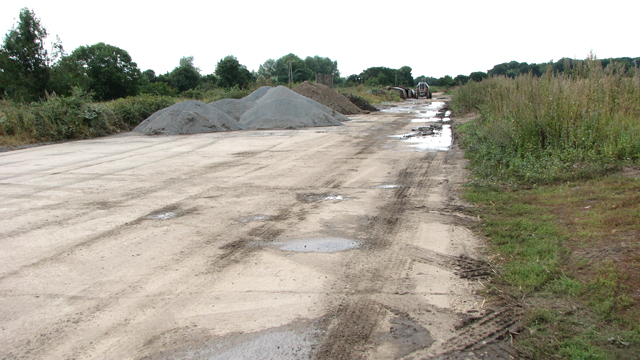
Marsh Plantation is located at Grid Ref: TM3087 (Lat: 52.436326, Lng: 1.3945137)
Administrative County: Suffolk
District: East Suffolk
Police Authority: Suffolk
What 3 Words
///jubilant.parkland.jobs. Near Bungay, Suffolk
Nearby Locations
Related Wikis
Flixton, The Saints
Flixton is a village and civil parish located in the north of the English county of Suffolk. It is around 2 miles (3.2 km) south-west of Bungay in the...
RAF Bungay
Royal Air Force Bungay or more simply RAF Bungay (known locally as Flixton) is a former Royal Air Force station located 3 miles (4.8 km) south-west of...
Flixton Priory
Flixton Priory was a nunnery under a prioress following the Augustinian rule, which formerly stood in the parish of Flixton in the north of the English...
Abbey Wood, Flixton
Abbey Wood, Flixton is an 18 hectare biological Site of Special Scientific Interest south—west of Bungay in Suffolk. It consists of two adjoining areas...
Earsham railway station
Earsham was a railway station in Earsham, Norfolk, England. It was located on the Waveney Valley Line which connected Beccles with the Great Eastern Main...
Earsham
Earsham is a village and civil parish in the English county of Norfolk. Earsham is located 1.7 kilometres (1.1 mi) west of its postal town of Bungay and...
Angles Way
The Angles Way is a long-distance footpath in England, close to the River Waveney and River Little Ouse and thus close to the Norfolk/Suffolk border between...
Flixton Quarry
Flixton Quarry is a 0.7 hectares (1.7 acres) geological Site of Special Scientific Interest 3.75 miles (6.04 km) south-west of Bungay in the English county...
Nearby Amenities
Located within 500m of 52.436326,1.3945137Have you been to Marsh Plantation?
Leave your review of Marsh Plantation below (or comments, questions and feedback).
